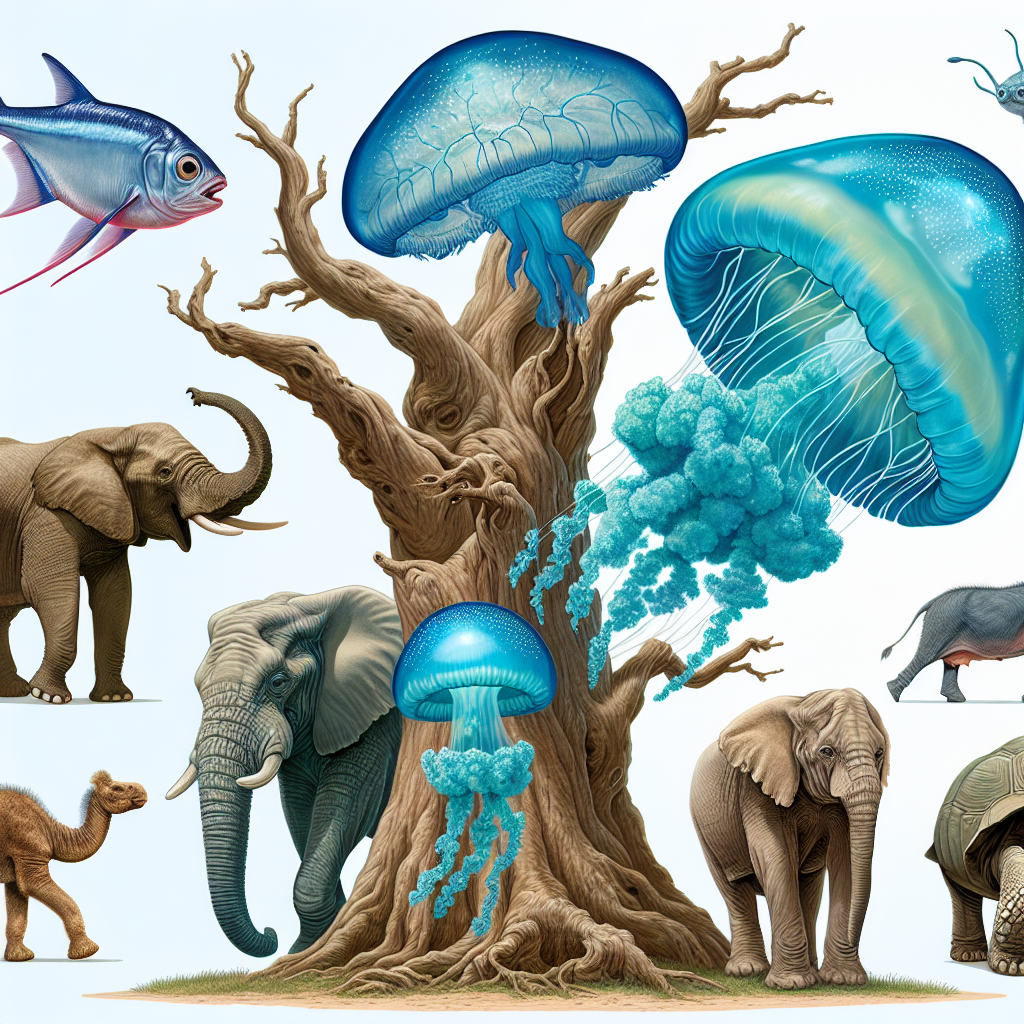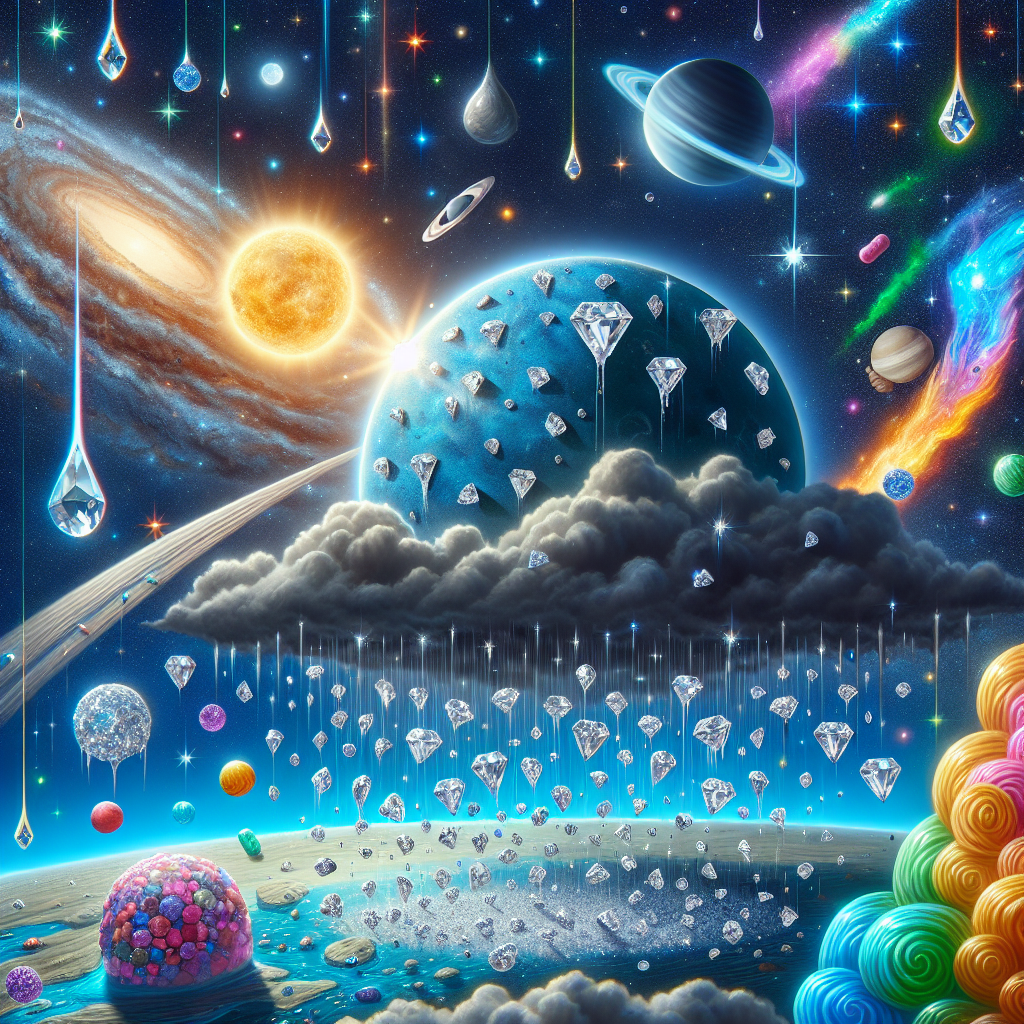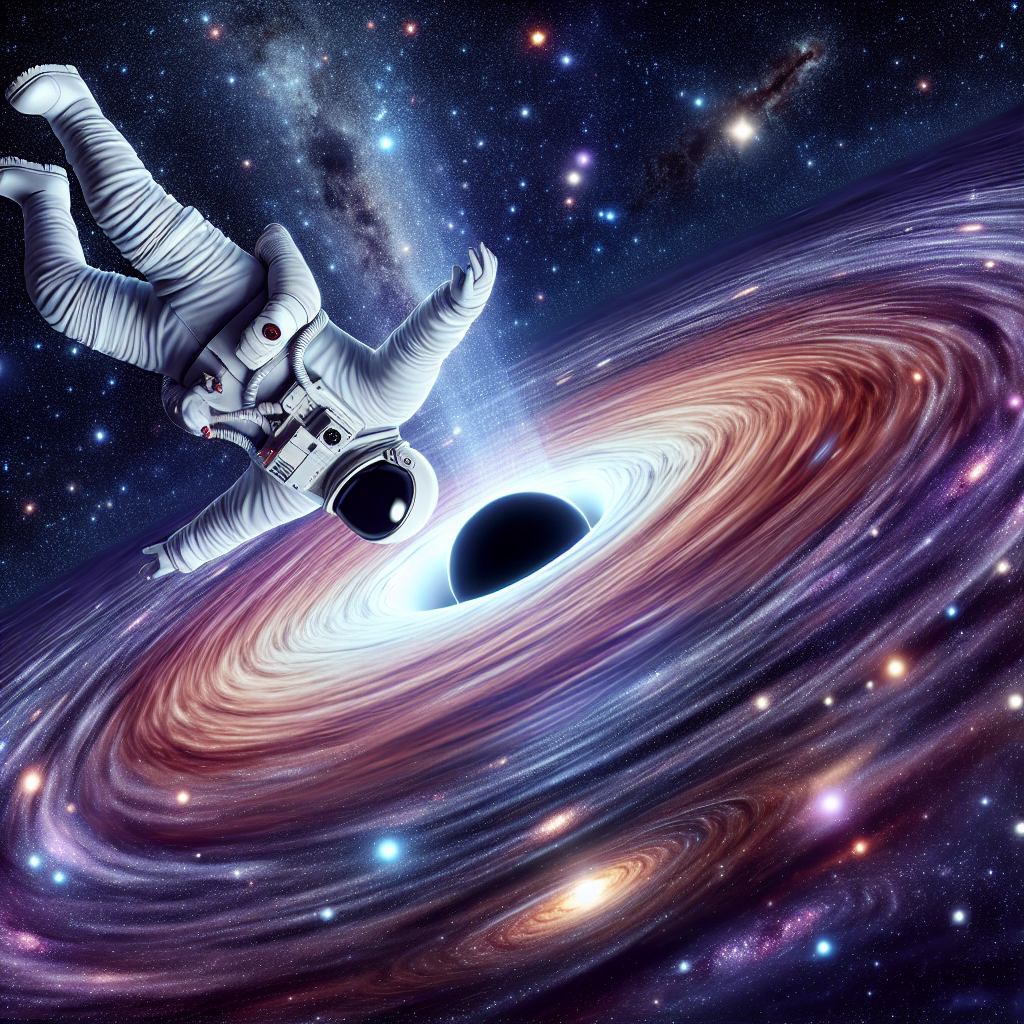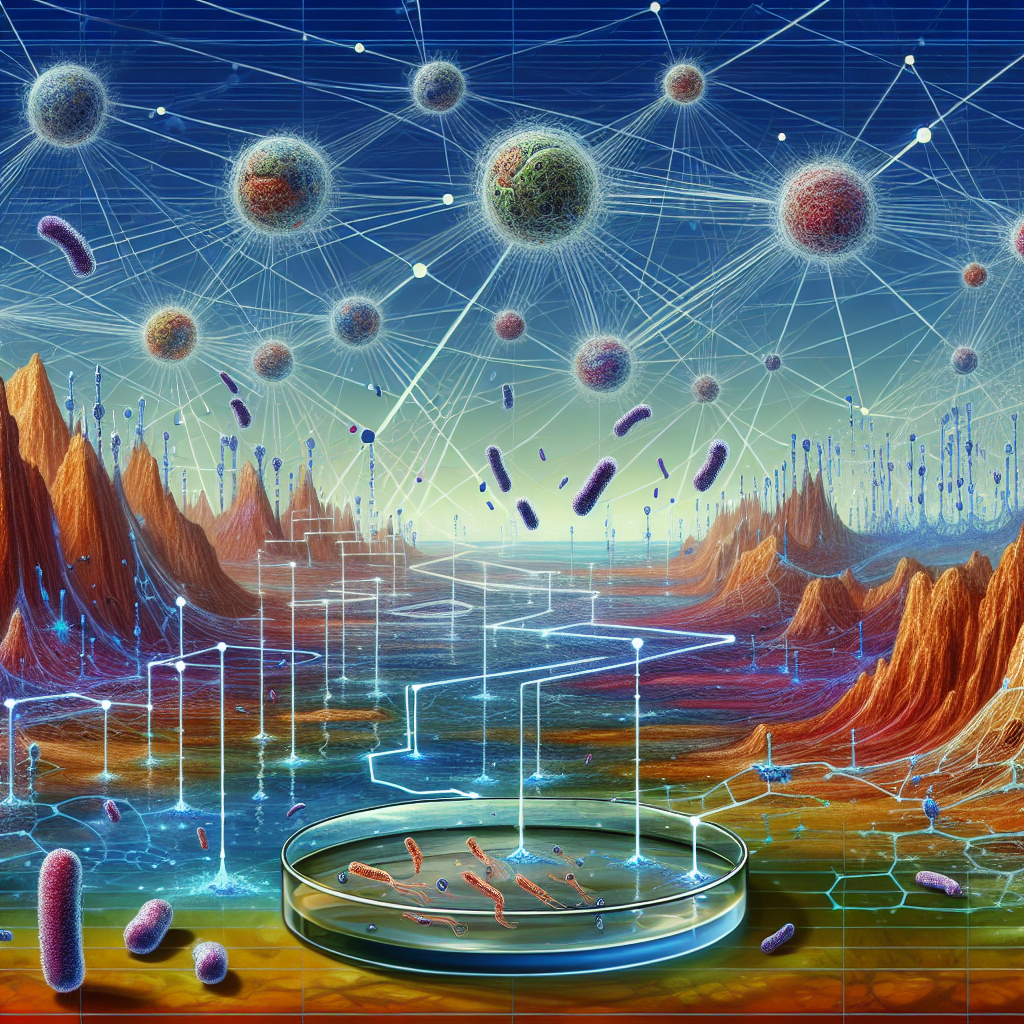Immortality has long been a human obsession — from ancient myths of eternal youth to modern biotech dreams of reversing aging. But while we’ve only imagined it, some animals on Earth seem to have actually achieved it. Certain species appear biologically immortal, capable of escaping the aging process altogether or renewing themselves endlessly. Understanding how they do it doesn’t just satisfy curiosity; it may one day unlock secrets to slowing or even stopping aging in humans.
Take the Turritopsis dohrnii, better known as the immortal jellyfish. This tiny creature, no bigger than a fingernail, has one of nature’s most astonishing tricks. When threatened by starvation, physical damage, or old age, it can revert from its adult form back into a polyp — its juvenile stage — essentially resetting its life cycle. Imagine if a human could shrink back into a baby and start growing up again whenever danger appeared. Scientists discovered this jellyfish’s abilities in the 1990s, and ever since, it’s become a symbol of biological immortality. While individual jellyfish can still die from disease or predators, their ability to endlessly restart their life makes them theoretically immortal.
Then there’s the hydra, a tiny freshwater organism with a simple tubular body that seems to have found the biological fountain of youth. Unlike most animals, hydras continually regenerate their cells through a special type of stem cell that never loses its ability to divide. In controlled lab environments, hydras show no signs of aging or decline, no matter how long they live. Some biologists believe they could, in theory, live indefinitely unless killed by external factors. The hydra’s secret lies in a set of genes that maintain perpetual regeneration — genes that humans also share, though ours eventually “switch off” as we age.
On a more complex level, the naked mole rat offers another kind of immortality — not through eternal youth, but through extreme resistance to aging-related diseases. Native to East Africa, these underground rodents can live up to 30 years — ten times longer than similar-sized mammals. Even more impressively, they almost never get cancer, rarely suffer cardiovascular issues, and maintain healthy metabolisms well into old age. Scientists have found that naked mole rats’ cells are remarkably stable and produce unique compounds that prevent the usual cellular damage that leads to aging.
The lobster is another creature that doesn’t seem to follow the usual rules of time. While most animals’ cells lose their ability to divide as they age, lobsters continue producing large amounts of telomerase, an enzyme that repairs and lengthens DNA sequences known as telomeres — the very same sequences that shorten in humans as we grow older. This constant repair process allows lobsters to keep growing and reproducing throughout their lives. They don’t die of old age in the traditional sense; they typically succumb to disease, exhaustion, or predators long before their bodies give out.
Even more mysterious is the Greenland shark, the world’s longest-living vertebrate. Found in the icy North Atlantic, it can live for up to 400 years. One specimen was estimated to be born around the time of Shakespeare. Its slow metabolism and frigid environment seem to keep its biological processes running in slow motion. These sharks don’t achieve immortality by regenerating cells or resetting life cycles — they simply age at an incredibly reduced rate.
What unites all these creatures is not just longevity, but resilience — the ability to resist or undo damage at the cellular level. Scientists studying them hope to uncover patterns that could inform human medicine: how to repair DNA, regenerate tissues, or slow the progression of aging itself. Early research into hydra and jellyfish genes, for instance, has inspired advances in regenerative medicine and stem cell therapy.
Of course, immortality in the natural world isn’t the same as invincibility. None of these creatures are safe from predators, disease, or environmental change. Their “eternal life” depends on ideal conditions rarely found in the wild. Still, their existence reminds us that aging isn’t an unchangeable law of nature — it’s a process that evolution can bend, slow, or even reverse.
In the end, studying these remarkable animals doesn’t just help us dream of living longer. It challenges our entire understanding of life and death. For now, humans remain mortal, but nature’s hidden immortals whisper a tantalizing message: time doesn’t have to win.





